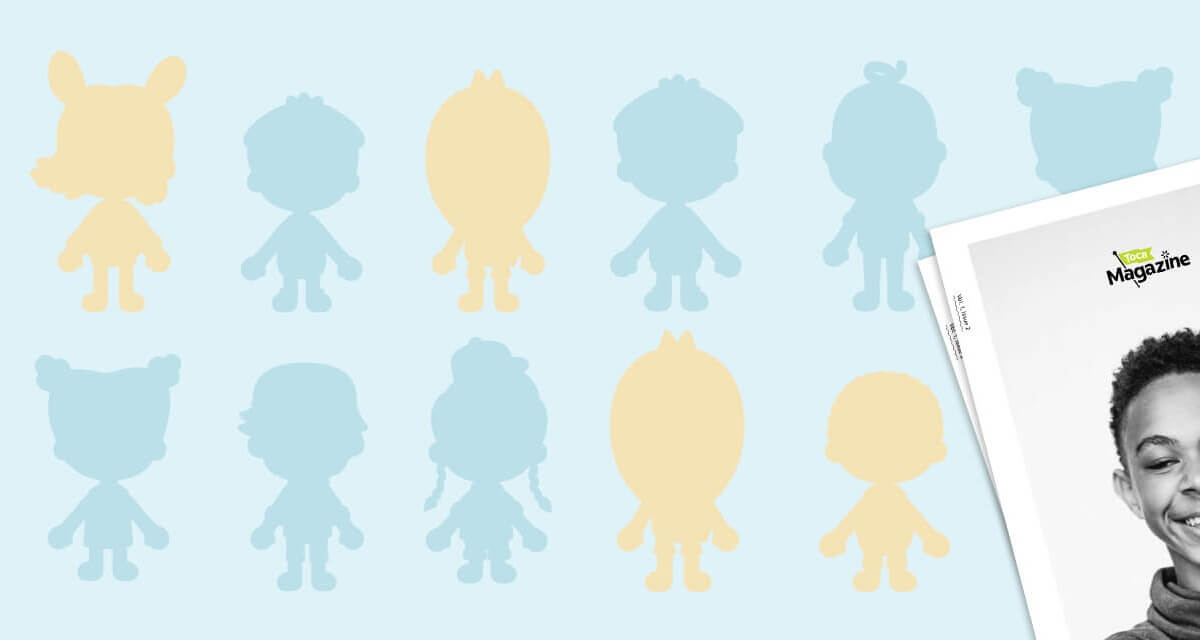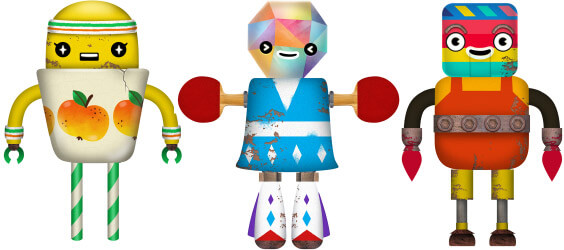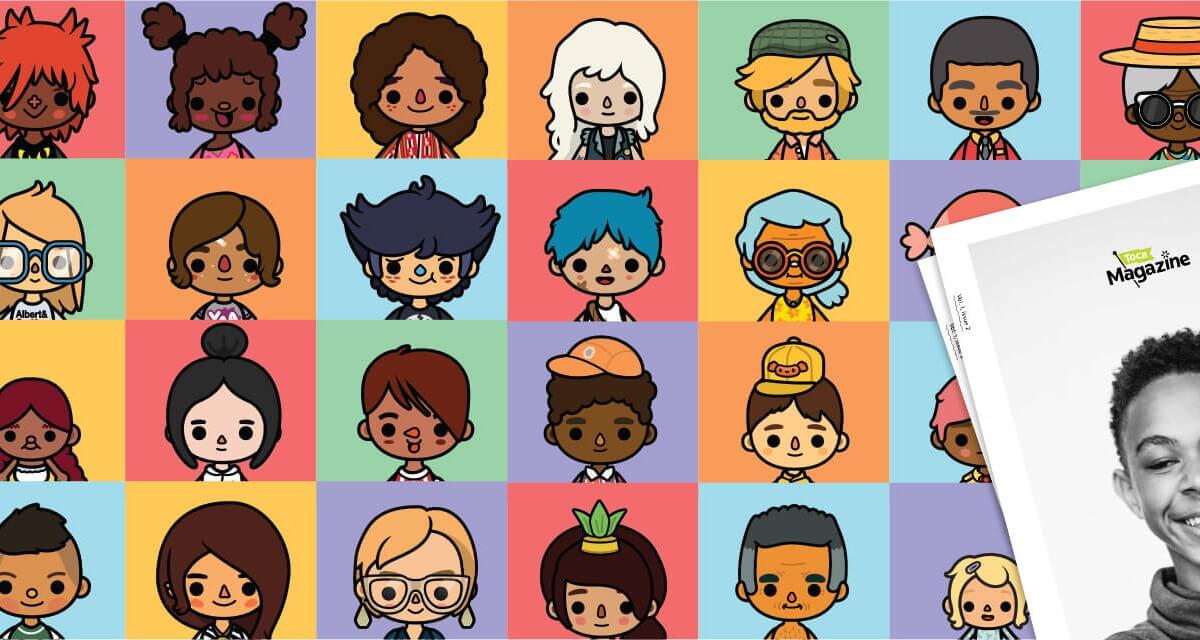- By
- Parker Barry
Celebrities like Caitlyn Jenner, Chaz Bono, Laverne Cox and Janet Mock are leading the way in creating a more accepting culture for transgender people; and Jazz Jennings — the 14-year-old trans superstar who has her own reality show and foundation to support trans children and their families (TransKids Purple Rainbow Foundation) — is breaking barriers and stereotypes about what it means to be a trans child and adolescent in the contemporary world. But even with increased awareness, many people aren’t clear on what it means to be transgender. Here’s are the basics.
- For most people, gender identity coincides with the sex assigned at birth. When this is the case, people are referred to as cisgender.
- When gender identity does not coincide with the sex assigned at birth, people are referred to as transgender. Transgender people are people who insistently, consistently and persistently express varying degrees of gender dysphoria, or discomfort.
- If a trans person identifies with a category of the gender binary (male or female), the term used is the one the person identifies with (not the assigned sex at birth), and the chosen name, and matching personal pronouns should be used to respect and affirm the person’s gender identity.
- If a trans person does not identify with any particular gender, this person is non-binary or genderqueer, and the use of neutral pronouns like “they” or “ze” is recommended.
Finally, it is important to note that gender variance is not the undesirable result of environmental factors, parenting styles or traumatic events; it is a normal part of human diversity.





